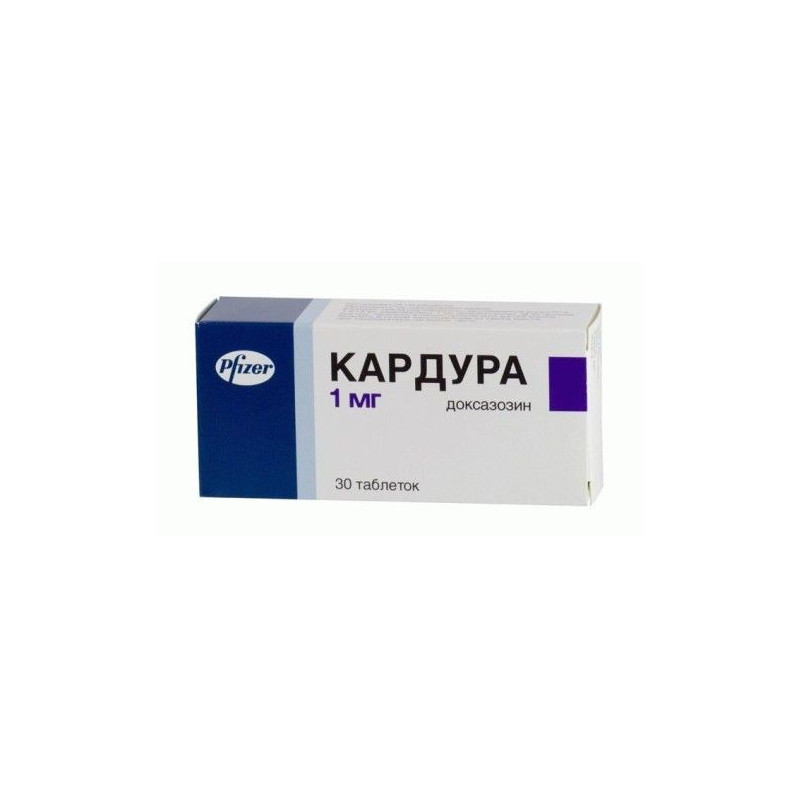



 All payments are encrypted via SSL
All payments are encrypted via SSL
 Full Refund if you haven't received your order
Full Refund if you haven't received your order
Indications and usageArterial hypertension (monotherapy and combinations with other antihypertensive drugs), including isolated systolic hypertension in elderly men, hypertension on the background of metabolic disorders, chronic heart failure, pheochromocytoma, benign prostatic hyperplasia (both with obstructive disorders and signs of inflammation), difficulty in urine flow. Inside Begin treatment with 1 mg / day, once, with a gradual increase (after 1-2 weeks) to 2 mg, then to 4-8 mg. The maximum daily dose for benign prostatic hyperplasia is 8 mg, for hypertension, 16 mg for a single dose. Adverse reactionsThe effect of the “first dose” is hypotension, dizziness, syncopal states (rarely); postural orthostatic hypotension (with long-term treatment), edema, tachycardia, arrhythmias, fatigue, shortness of breath, dizziness, headache, nervousness, irritability, pathological drowsiness, blurred vision, rhinitis, xerostomia, abdominal discomfort, nausea, pain, chest, violation of cerebral circulation, urinary incontinence (rare). ContraindicationsHypersensitivity, aortic and mitral valve stenosis, pulmonary thromboembolism, severely impaired liver function, pregnancy, childhood. Special notesIt must be borne in mind that the effect of the first dose is especially pronounced during diuretic therapy, as well as in the diet with sodium restriction. Older people reduce the dosage. When driving vehicles and working in production, the possibility of orthostatic hypotension, as well as a decrease in concentration and reaction rate (usually at the beginning of treatment) should be considered. With caution used in violation of the liver. Before starting therapy for benign prostatic hyperplasia, it is necessary to exclude its cancerous degeneration. OverdosageSymptoms: severe hypotension, syncopal states. |
